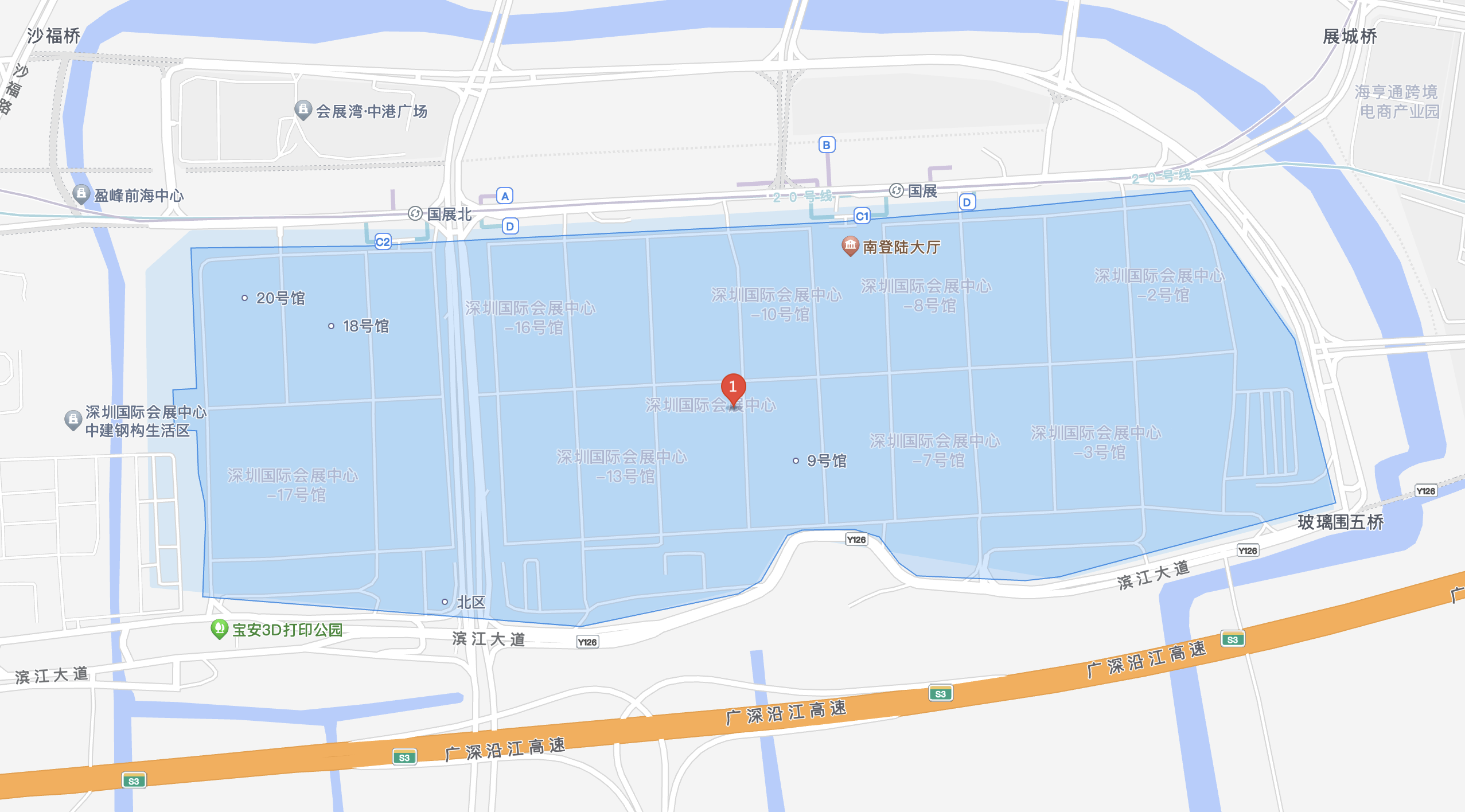
Samsung plans to integrate digital twins, artificial intelligence (AI), and robotics into its manufacturing infrastructure, starting with its newly built "Gigafactory."
For COOs and CIOs in the industrial sector, the smart factory project, built in partnership with NVIDIA, marks the transition of AI from the pilot phase to the production phase. The goal is to build a fully intelligent predictive environment to meet the complex demands of semiconductor, mobile device, and robotics manufacturing.
Samsung will deploy over 50,000 NVIDIA GPUs, embedding AI into the entire manufacturing process. This goes beyond traditional automation. The factory will use a single intelligent network, enabling AI to continuously analyze, predict, and optimize the production environment in real time.
Digital Twins Deliver Practical Benefits
On the operational side, the key lies in the widespread adoption of digital twin technology powered by the NVIDIA Omniverse library.
Samsung is building digital twin models that can virtually visualize the entire wafer fab operation. This commercial application aims to leverage these virtual environments to identify anomalies, perform predictive maintenance, and optimize production processes before applying changes in actual physical production. This approach aims to reduce downtime and allow process improvements to be tested without disrupting physical production lines. In a high-value application case, Samsung detailed its efficiency improvements in computational lithography. By using NVIDIA cuLitho and CUDA-X libraries for Optical Proximity Correction (OPC) processes, the company achieved a 20x performance boost in computational lithography. Since OPC is a critical step in precise wafer patterning, this improvement enables AI to predict and correct variations in circuit patterns faster and with greater accuracy, thus shortening development cycles.
This “AI factory” concept reflects a trend across the industry. Many companies are now seeking to integrate AI development, leveraging platforms like Google Vertex AI or IBM Watson X to manage models and data. Samsung’s approach, built on a 25-year partnership with NVIDIA, is a hardware-centric model designed to achieve this integration at scale.
Samsung places artificial intelligence at the heart of building a complete manufacturing ecosystem
The implementation scope of this approach extends to next-generation hardware and robotics. The two companies are collaborating on HBM4, Samsung’s design utilizing sixth-generation 10nm DRAM and a 4nm logic substrate. Samsung states that its HBM4 memory boasts processing speeds of up to 11Gbps, far exceeding the JEDEC standard's 8Gbps. This advanced memory is designed to lay the foundation for AI-driven manufacturing infrastructure.
On the factory floor, the initiative involves physical automation. Samsung is using the NVIDIA RTX PRO 6000 Blackwell Server Edition platform to advance manufacturing automation and humanoid robotics. It also uses the NVIDIA Jetson Thor robotics platform to accelerate real-time AI inference, task execution, and safety control for intelligent robots.
This is not an isolated project. Samsung plans to extend its AI factory infrastructure to its global manufacturing centers, bringing greater intelligence and agility to its global semiconductor business.
Outside the factory, the collaboration is working to build the network infrastructure needed to support the widespread application of physical AI. The partners are collaborating with South Korean telecom operators and researchers to develop AI-RAN.
AI-RAN is a next-generation communication technology that integrates AI computing power into mobile network functions. This is crucial for CTOs, as it enables robots, drones, and industrial automation equipment to process data and perform inference in real time at the network edge. This AI-driven mobile network, positioned as a neural network, is key to the widespread application of physical AI. For business decision-makers, Samsung's blueprint demonstrates that an efficient "AI factory" must be an end-to-end system. It requires integrating hardware (such as HBM4), proprietary AI models, operational technologies (robotics), and edge networks (AI-RAN) into a single, predictive data stream.


















